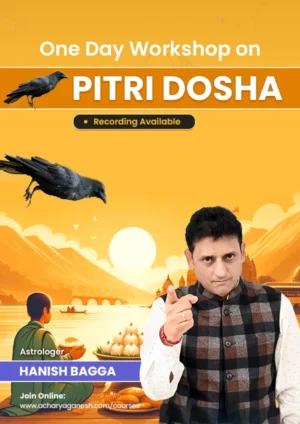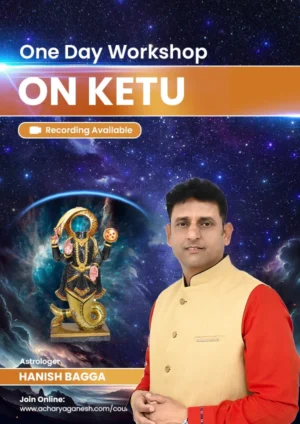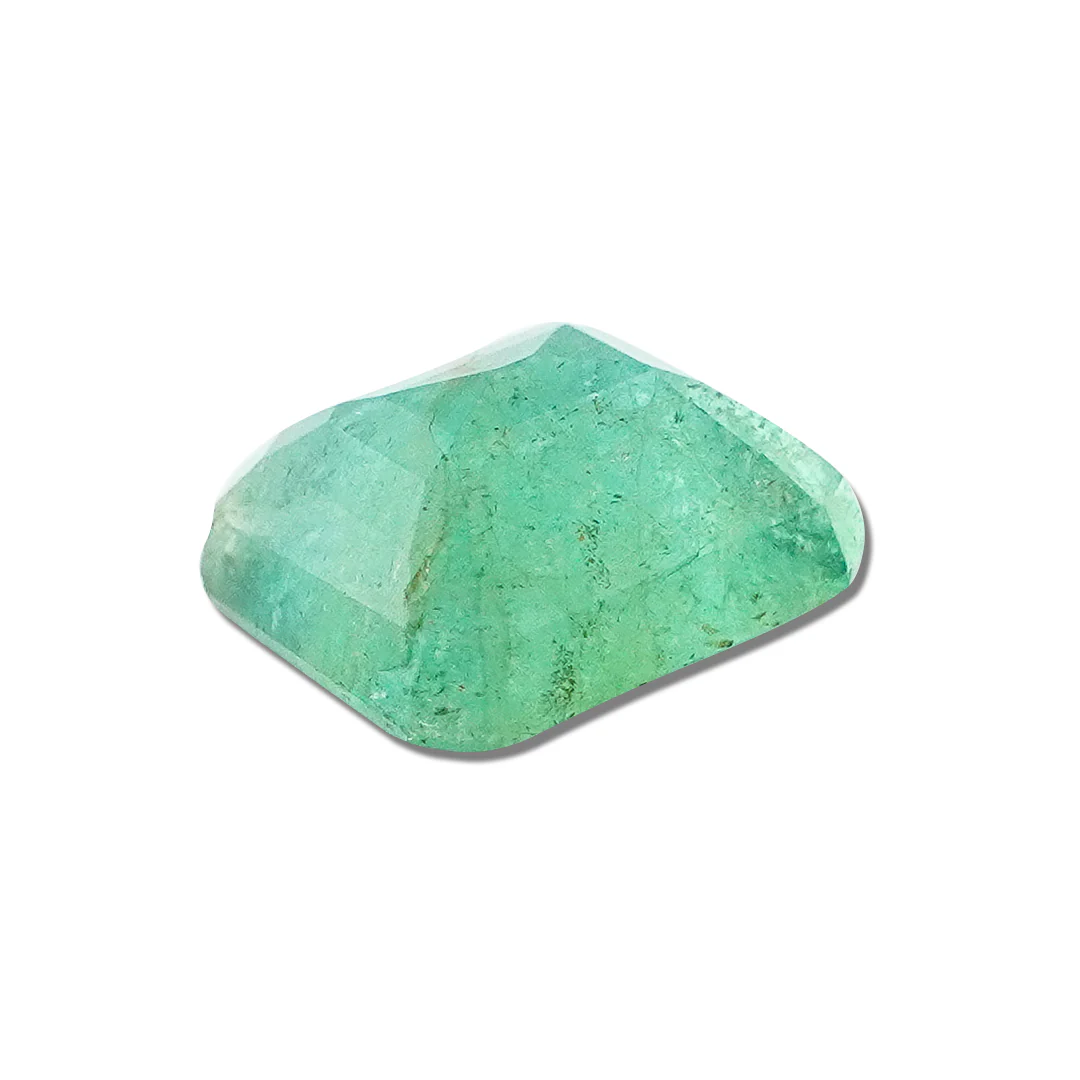Introduction to Damodar Temple
Nestled in the heart of Margao, Goa, the Damodar Temple stands as a testament to the rich spiritual heritage of this vibrant coastal state. This ancient shrine, dedicated to Lord Damodar, an incarnation of Lord Shiva, offers visitors a serene escape from the bustling beaches and tourist hotspots. In this blog post, we’ll explore the captivating allure of Damodar Temple Goa, delving into its history, architecture, and spiritual significance.

Read article on: Bhadkeshwar Mahadev Temple
Location and Accessibility
The Damodar Temple is located in Zambaulim, Margao, South Goa, India. Its precise address is:
Damodar Temple
Zambaulim, Margao
South Goa, Goa 403601
India
The temple is easily accessible by road from major cities in Goa. Visitors can take a bus or hire a taxi from Margao, which is approximately 15 kilometers away. The scenic drive to the temple offers glimpses of Goa’s lush countryside, making the journey itself a delightful experience.
The Divine Deity: Lord Damodar
Lord Damodar, the presiding deity of the temple, is a form of Lord Shiva. The name “Damodar” is derived from two Sanskrit words: “dama,” meaning rope, and “Udara,” meaning belly. This name refers to the legend of Lord Krishna being tied around the waist with a rope by his foster mother, Yashoda.
In the Damodar Temple, Lord Shiva is worshiped in the form of a Shiva Linga, representing the formless aspect of the divine. The temple also houses idols of other Hindu deities, including Goddess Parvati, Lord Ganesha, and Lord Vishnu.
Historical Significance
The Damodar Temple has a rich history dating back several centuries. According to local legends, the temple was originally built in the 12th century by the Kadamba dynasty. However, the current structure was reconstructed in the 16th century during the rule of the Sonda kings.
The temple gained prominence during the Portuguese colonial era when many Hindu temples in Goa faced destruction. The Damodar Temple was one of the few that survived, thanks to its remote location and the devotion of local worshippers who protected it.
Architectural Marvel
The Damodar Temple showcases a unique blend of Hindu and Portuguese architectural styles, reflecting Goa’s diverse cultural heritage. The temple’s exterior features intricate carvings and ornate pillars typical of Hindu temple architecture. The main shrine, housing the Shiva Linga, is surrounded by smaller shrines dedicated to various deities.
One of the most striking features of the temple is its beautiful dome, which combines elements of Hindu and Portuguese design. The interior of the temple is adorned with colorful frescoes depicting scenes from Hindu mythology, adding to its visual appeal.
Festivals and Celebrations
The Damodar Temple comes alive during various Hindu festivals throughout the year. Some of the major celebrations include:
- Maha Shivaratri: This festival, usually falling in February or March, is celebrated with great fervor. Devotees observe fasts and participate in all-night vigils, chanting prayers and offering milk and water to the Shiva Linga.
- Navaratri: The nine-night festival dedicated to the Divine Mother is celebrated with special pujas, bhajans, and cultural programs.
- Diwali: The festival of lights is marked by elaborate decorations, fireworks, and special prayers to Lord Damodar for prosperity and well-being.
- Gokulashtami: Also known as Janmashtami, this festival celebrates the birth of Lord Krishna with bhajans, dance performances, and the traditional “Dahi Handi” event.
Visiting Hours and Aarti Timings
The Damodar Temple is open to visitors throughout the year. The temple timings are:
- Morning: 6:00 AM to 12:00 PM
- Evening: 4:00 PM to 8:30 PM
Arti (devotional ritual) timings:
- Morning Arti: 7:00 AM
- Evening Arti: 7:00 PM
It’s advisable to arrive at least 15 minutes before the arti to secure a good spot and fully immerse yourself in the spiritual atmosphere.
Best Time to Visit
While the Damodar Temple can be visited throughout the year, the best time to plan your visit depends on your preferences:
- For pleasant weather: November to February, when the temperatures are cooler and humidity is low.
- For festivals: During Maha Shivaratri (February/March) or Navaratri (September/October) to experience the vibrant celebrations.
- For a peaceful experience: Early mornings or weekdays, when the temple is less crowded.
- To avoid crowds: Monsoon season (June to September), though be prepared for occasional heavy rains.
Unique Rituals and Practices
The Damodar Temple is known for its unique rituals and practices that set it apart from other temples in Goa:
- Rudrabhishek: This special ritual involves bathing the Shiva Linga with milk, yogurt, honey, and other sacred substances while chanting Vedic mantras.
- Nag Panchami: During this festival, devotees offer milk to snake idols placed around the temple, believing it brings blessings and protection.
- Pradosh Vrat: Observed on the 13th day of every lunar fortnight, this ritual involves fasting and special prayers to Lord Shiva for fulfilling wishes.
- Bilva Leaf Offering: Devotees offer sacred Bilva leaves to the Shiva Linga, believed to be especially dear to Lord Shiva.
- Silent Meditation: The temple provides a serene environment for silent meditation, allowing visitors to connect with their inner selves.
For astrology videos visit at: Acharya Ganesh
Conclusion of Damodar Temple
The Damodar Temple in Goa offers a unique blend of spirituality, history, and architectural beauty. Whether you’re a devout Hindu pilgrim or a curious traveler seeking to explore Goa’s cultural heritage, this ancient shrine provides a peaceful retreat from the bustling tourist areas. With its rich history, stunning architecture, and vibrant festivals, the Damodar Temple stands as a testament to Goa’s diverse cultural tapestry.
As you plan your visit to this sacred site, remember to respect the local customs and dress modestly. The serene atmosphere of the Damodar Temple invites visitors to pause, reflect, and connect with their inner selves amidst the ancient stones that have witnessed centuries of devotion.






























